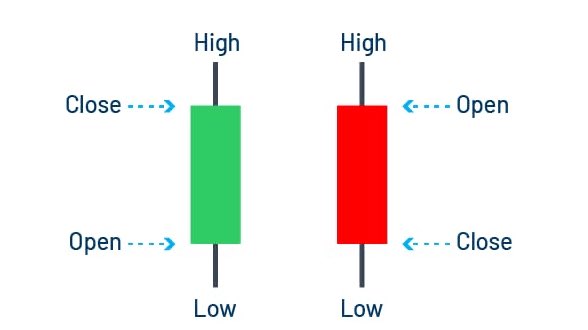WebbDarrrel Categories Trading
7 days
30 days
All time
Recent
Popular
Some thoughts on how big market making firms (eg Jane Street, Susquehanna, Optiver) are structured. Note I have not worked at any of these firms so this is not based on any insider knowledge, just talking to people in the industry and extrapolating a bit.
A “pure” market making operation is based on clipping spreads, ie buy low, sell high, keep inventory low, keep risks (eg greeks) tightly hedged. Skew your bid/offer based on your inventory to try and offload it as quickly as possible without impacting your profit too much.
This kind of trading has enormous risk-adjusted returns (Sharpe > 10, ~no down days) but it’s hard to scale it because your P&L is a function of two things — volume and volatility — that you don’t have any control over.
This is a problem because the costs of running a pure MM firm (mainly infrastructure and employee comp) are increasing and profit margins are decreasing. So many firms turn to prop trading as a way to increase P&L at the cost of some Sharpe.
One way to approach this is to make your price skew dependent on factors other than your inventory, eg if you think the market is going up you skew prices a little higher to encourage people to sell to you and discourage them from buying from you.
This is important to realize. The way many of these firms are structured is that they have a pure MM book (keep inventory low, stay hedged, clip spreads) and prop books to express a view. The prop book can trade with the MM book at (to first approximation) mid and a lot of their
— macrocephalopod (@macrocephalopod) February 15, 2021
A “pure” market making operation is based on clipping spreads, ie buy low, sell high, keep inventory low, keep risks (eg greeks) tightly hedged. Skew your bid/offer based on your inventory to try and offload it as quickly as possible without impacting your profit too much.
This kind of trading has enormous risk-adjusted returns (Sharpe > 10, ~no down days) but it’s hard to scale it because your P&L is a function of two things — volume and volatility — that you don’t have any control over.
This is a problem because the costs of running a pure MM firm (mainly infrastructure and employee comp) are increasing and profit margins are decreasing. So many firms turn to prop trading as a way to increase P&L at the cost of some Sharpe.
One way to approach this is to make your price skew dependent on factors other than your inventory, eg if you think the market is going up you skew prices a little higher to encourage people to sell to you and discourage them from buying from you.











